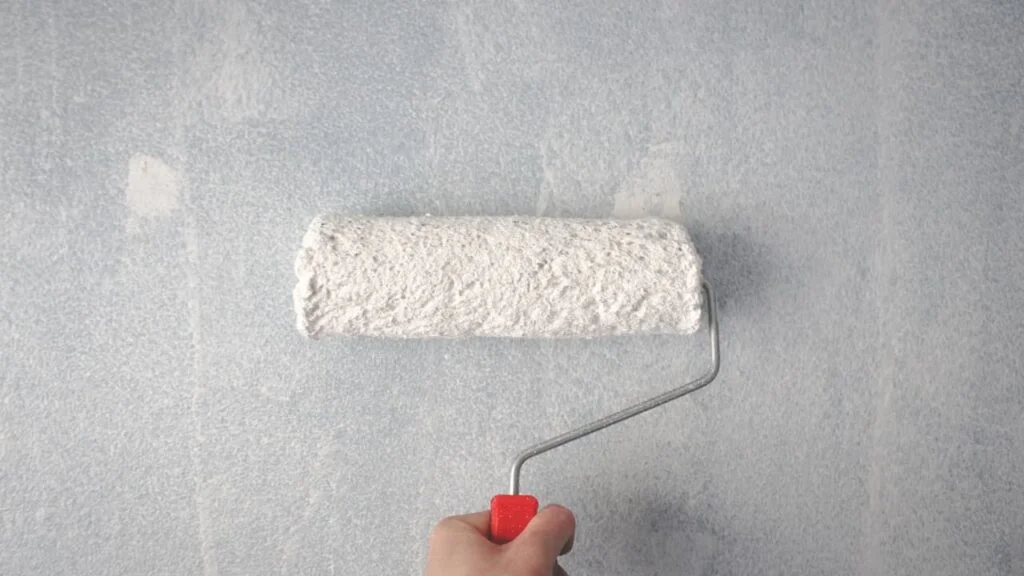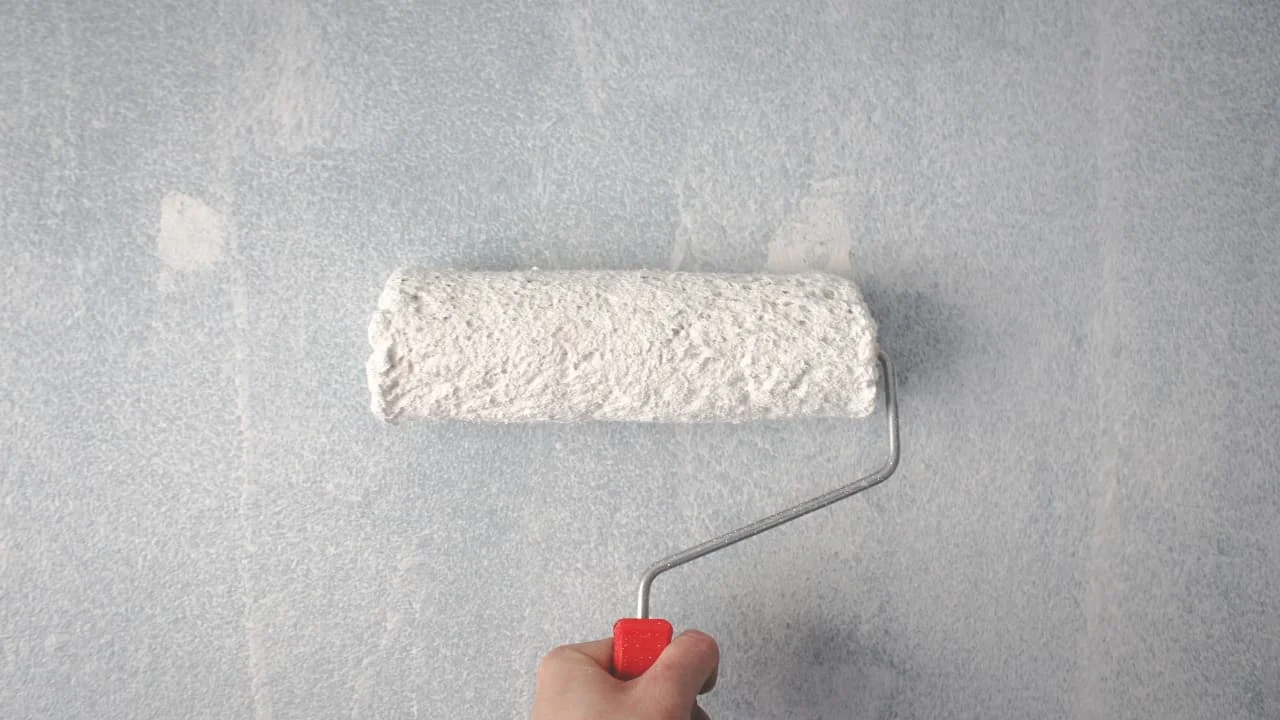Have you ever looked at a freshly painted wall, only to notice small bubbles forming on the surface? It can be quite frustrating, especially after spending time and effort on painting. But why does paint bubble on walls? In this article, we’ll explore the common causes of paint bubbling and how to prevent it from happening.
Have a Paint Bubble On Walls?
One possible reason for paint bubbling is improper surface preparation. If the wall was not properly cleaned or primed before painting, any dirt, dust, or grease on the surface can prevent the paint from adhering properly. As a result, air trapped beneath the paint layer creates bubbles. Another factor can be moisture present on the wall. Whether it’s water leaks, humidity, or dampness, moisture can seep through the surface and cause the paint to bubble as it dries.
Another culprit could be the use of low-quality or incompatible paint products. Using cheap or expired paint can lead to poor adhesion or chemical reactions that cause the latex paint used to bubble. Additionally, applying a second coat of paint before the first coat is completely dry can also result in trapped moisture and air, leading to bubbles.
In our next article, we’ll delve deeper into each of these causes and provide you with practical solutions to prevent paint from bubbling on your walls. So if you’re tired of those unsightly bubbles ruining your paint job, stay tuned for our upcoming tips and tricks to make your walls bubble-free and beautiful!
Have you ever noticed unsightly bubbles forming on your painted walls? This can be a frustrating problem, as it not only detracts from the aesthetic appeal of your home but also indicates underlying issues that need to be addressed. In this article, we will explore the common causes of paint bubbles, discuss preventive measures you can take, and provide tips for repairing bubbled paint.


Table of Contents
Common Causes of Paint Bubbles
Excessive Moisture
One of the primary reasons for paint bubbles is excessive moisture. When moisture comes into contact with fresh paint, it can cause the paint film to lift and bubble. There are several sources of excessive moisture that can lead to this problem.
Water Leaks
Water leaks, whether from plumbing issues or roof leaks, can introduce moisture into your walls. If this moisture is not addressed and the walls are painted without proper drying, paint bubbles may form.
High Humidity Levels
High humidity levels can also contribute to paint bubbles. When the air is saturated with moisture, it can hinder the drying process of the paint, leading to bubbles.
Condensation
Condensation occurs when warm, moisture-laden air comes into contact with cooler surfaces. This can happen in areas with poor ventilation, such as bathrooms or kitchens. If paint is applied in these areas without addressing the condensation issue, bubbles may arise.
Improper Surface Preparation
Another common cause of paint bubbles is improper surface preparation before painting. Failing to adequately prepare the surface can create a barrier between the paint and the wall, resulting in bubbles.
Failure to Clean the Surface
Before applying paint, it is crucial to clean the surface thoroughly to remove dirt, dust, and any existing paint flakes. Failing to do so can cause the new paint to adhere poorly, leading to bubbles.
Lack of Primer
Priming is an essential step in surface preparation, as it provides a smooth and stable base for the paint to adhere to. When paint is applied without a primer, there is a higher chance of paint bubbles forming.
Uneven or Loose Substrate
If the substrate (the material beneath the paint) is uneven or loose, it can cause the paint to peel and bubble. This issue can occur if the wall has not been properly repaired or if there are underlying structural issues.
Poor Quality Paint
Using poor-quality paint can also contribute to the formation of paint bubbles. Inferior paint components or using the wrong type of paint for the surface can cause the paint film to break down, resulting in bubbles.
Inferior Paint Components
Low-quality paints often contain inferior ingredients that deteriorate over time. These ingredients can cause the paint film to blister and bubble, especially in high-moisture areas.
Incorrect Paint Type for Surface
Using the wrong type of paint for a particular surface can lead to poor adhesion and paint bubbles. For example, using interior paint on an exterior surface can cause the paint to fail and bubble under harsh weather conditions.
Inadequate Drying Time
Lastly, inadequate drying time between paint coats or painting in unfavorable conditions can also cause paint bubbles to form.
Insufficient Time Between Coats
Applying a second coat of paint before the first coat has fully dried can trap moisture between the layers, leading to bubbles. It is essential to follow the recommended drying times indicated on the paint can.
Painting in Unfavorable Conditions
Painting in extreme temperatures, high humidity, or direct sunlight can interfere with the drying process and result in paint bubbles. It is best to paint in moderate weather conditions to ensure proper drying.
Preventing Paint Bubbles
While paint bubbles can be a frustrating problem, there are preventive measures you can take to minimize their occurrence.
Repairing Source of Moisture
If you have identified a source of moisture, such as a water leak or high humidity levels, it is crucial to address and repair the issue before painting. Fixing the underlying problem will help prevent paint bubbles from forming.
Proper Surface Preparation
To ensure proper adhesion of the paint, it is essential to prepare the surface adequately. This includes cleaning the walls, applying a primer, and ensuring the substrate is even and secure. Taking the time to prepare the surface will help prevent paint bubbles and ensure a smooth and long-lasting finish.
Using High-Quality Paint
Investing in high-quality paint can make a significant difference in preventing paint bubbles. Quality paints contain superior ingredients that are less likely to break down or paint blistering up over time. It is worth spending a little extra on paint to achieve a more durable and bubble-free finish.
Allowing Sufficient Drying Time
Following the recommended drying times between paint coats and painting in favorable conditions will help ensure proper drying and minimize the risk of paint bubbles. Patience is key when painting to achieve the best possible results.

Repairing Bubbled Paint
If you already have paint bubbles on your walls, don’t worry! There are steps you can take to repair the damage and restore your walls to their former glory.
Scraping Off Bubbles
The first step in repairing bubbled paint is to carefully scrape off the bubbles using a paint scraper or putty knife. It is important to be gentle to avoid damaging the underlying surface.
Sanding and Smoothing Surface
After removing the bubbles, sand the affected area to create a smooth and even surface for repainting. Use a fine-grit sandpaper and sand in a circular motion until the area is smooth and free from any unevenness.
Applying Fresh Coats
Once the surface is smooth, apply a fresh coat of paint to the repaired area. It is important to feather the edges of the new paint into the surrounding painted area to ensure a seamless finish.
Seeking Professional Help
In some cases, repairing paint bubbles may require the expertise of a professional painter or contractor. If you are unsure about tackling the repairs yourself or if there are underlying issues that need to be addressed, it is best to seek professional assistance. They will be able to assess the situation, provide expert advice, and ensure a high-quality repair.
Consulting a Painter or Contractor
A professional painter or contractor can help identify the root cause of the paint bubbles and provide solutions to fix paint and prevent future occurrences. They may also have access to high-quality materials and tools that can aid in the repair process.
Identifying and Fixing Underlying Issues
Sometimes paint bubbles are a symptom of more significant underlying issues, such as mold or structural damage. A professional can identify these issues and recommend the appropriate repairs to ensure a long-lasting and trouble-free paint job.
Maintaining Painted Walls
To keep your painted walls looking their best and prevent future paint bubbles, regular maintenance is essential.
Regular Cleaning
Dust and dirt can accumulate on painted surfaces over time, leading to a dull appearance and potential paint damage. Regularly clean your walls with a mild detergent and a soft cloth to remove any dust or stains. Avoid using abrasive cleaners or scrub brushes that can damage the paint surface.
Monitoring Moisture Levels
Keep an eye on the moisture levels in your home, especially in areas prone to high humidity or condensation. Using a dehumidifier or improving ventilation can help prevent moisture-related paint issues.
Addressing Damage Promptly
If you notice any signs of paint damage, such as peeling or bubbling paint, address it promptly. Ignoring small issues can lead to more significant problems down the line. By addressing damage promptly, you can save yourself time and effort in the long run.
Conclusion
Understanding the causes of paint bubbles is crucial in preventing and repairing this common issue. By taking preventive measures to repair paint bubbles, such as repairing sources of moisture, properly preparing surfaces, using high-quality paint, and allowing sufficient drying time, you can minimize the risk of paint bubbles occurring.
If bubbles do form, following the proper repair steps or seeking professional help will help restore your walls to their original beauty. By being proactive in maintaining your painted walls and addressing any damage promptly, you can enjoy a beautiful and bubble-free paint finish for years to come.


